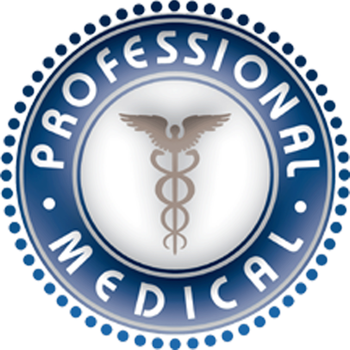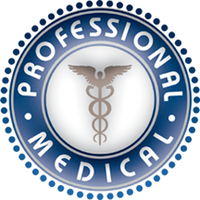Speedy Drug Approvals Have Become the Rule, Not the Exception
By Margot Sanger-Katz
Congress has over the past few decades passed a series of special approval pathways for important drugs that treat life-threatening or rare diseases. This week, a new bill introduced in the House could add two more.
You might expect these existing special programs to represent a small fraction of new and unusual drugs. But data from the Food and Drug Administration show that a majority of recent drug development has been in therapies that qualify for at least one of these programs. About a third of recently approved drugs qualify for two or more of five special approval programs.
Dr. Kesselheim, an associate professor of medicine at Harvard Medical School, said the popularity of the expedited programs could be worrisome; the expedited pathways typically require less evidence of a drug’s efficacy or safety than the standard process. “These pathways were intended for very urgent circumstances of serious life-threatening conditions, or no other reasonable clinical alternatives,” he said. “They were originally intended as the exceptions, but now the exceptions are beginning to swallow the rule.”
The most recent approval category was created by legislation in 2012. So-called “breakthrough therapies,” like the blockbuster hepatitis C treatment Sovaldi, represented nine of the 41 drugs approved last year. Over 80 drugs in development have earned the designation and will go through the breakthrough approval process. Drugs that qualify can be approved through trials that are smaller or if they show changes in a biological marker of disease — like the size of a tumor or the results of a blood test — instead of the standard measures of symptoms or survival. The details are different, but three other expedited review paths share somewhat similar features.
The first such program, called Fast Track, was passed in the late 1980s to help speed the approval of treatments for H.I.V./AIDS. There’s also a program called Priority Review, and another, Accelerated Approval.
There’s also the Orphan Drug Act, passed in 1983 to encourage drugmakers to develop drugs to treat rare diseases. Such diseases were rarely a target of drug development before that because small patient populations made it hard for drugmakers to make back their investment. But the law made it possible for drugmakers to test the drugs in smaller patient populations and to obtain guaranteed market exclusivity. The path has become enormously popular, resulting in the development of (often extremely expensive) drugs for very rare genetic diseases, and also, increasingly,cancer treatments for select patient groups. Keytruda, a lung cancer drug produced by Merck, for example, was approved through the program last year.
The legislation introduced this week, the 21st Century Cures Act, is a wide-reaching bill aimed at improving medical innovation and reforming the F.D.A.’s approval process for drugs and medical devices. (My colleague Sabrina Tavernese has an article describing its ambitions and main features.) It includes two new special categories for drugs that can qualify for special status. One, an approval path for “dormant therapies,” is still uncertain.
The current legislation leaves a hole where language describing the process may go. A discussion document released earlier this year indicated that drugs qualifying for the program could get as many as 15 years of guaranteed patent exclusivity. A smaller program, for new antibiotic drugs, would give a speedier review for such drugs if they are marketed only for limited populations. The Senate is considering some similar measures.
The F.D.A. has published a detailed review of its special programs, which it says has helped the agency speed up review of new drugs. The F.D.A. now approves new drugs, on average, more quickly than European and Japanese authorities, with about 60 percent of new drugs approved by the F.D.A. first.
The popularity of the programs is no sign that drug companies are doing anything wrong. The F.D.A. determines which compounds qualify for the various programs, and it has been somewhat expansive in its definitions. Industry analysts also say that the companies have shifted their research priorities toward the special categories — an outcome members of Congress sought by giving such drugs enhanced incentives. And the bipartisan passage of additional approval routes suggests that members of Congress think it is still too hard for some important drugs to be developed and approved.
Senator Michael Bennet of Colorado, a Democrat who helped write the breakthrough therapy provision, says he has been surprised by the popularity of the program, but pleasantly so. “The Breakthrough Therapy pathway has been more successful than we anticipated,” he said. “That’s good news.”
- Tags: FDA Uncategorized
- Professional Medical














Comments 0